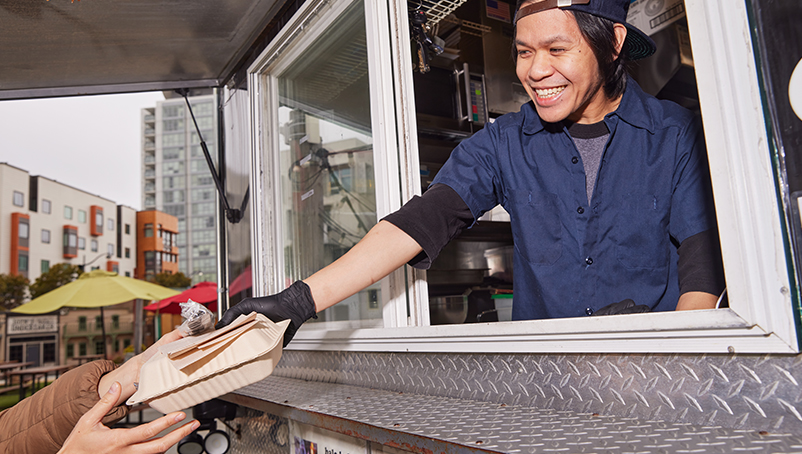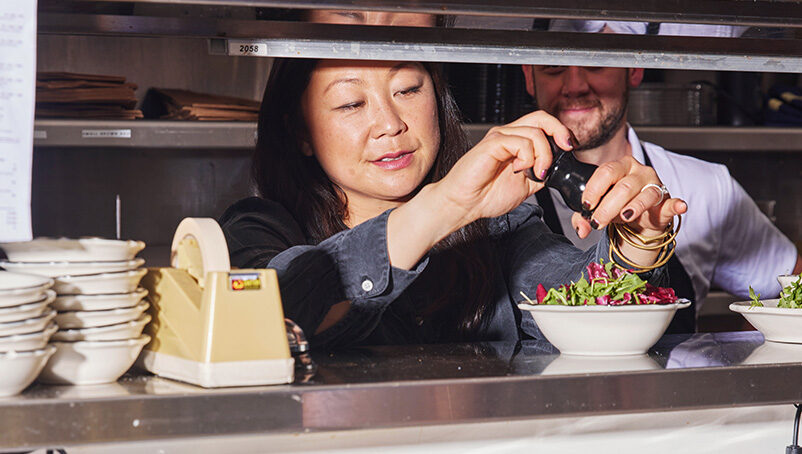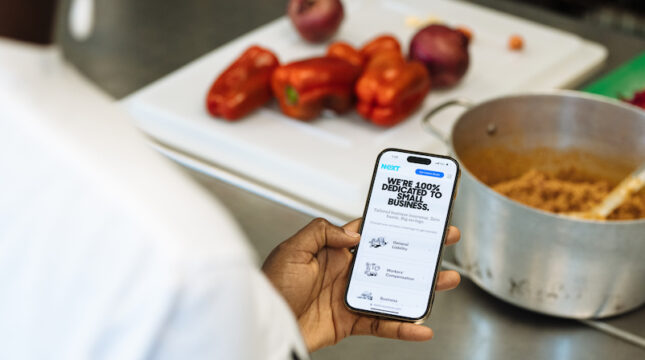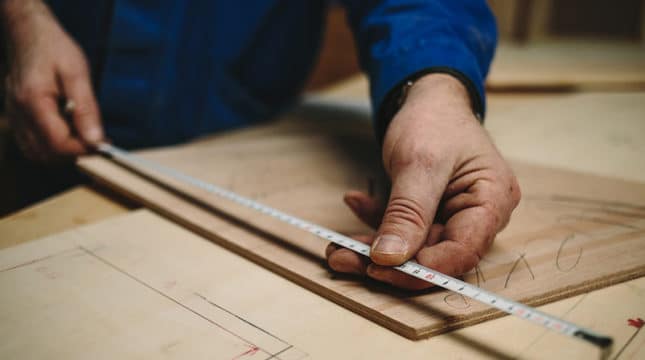When you decided to open a restaurant, you probably thought about every detail of your guests' dining experience, from the food you would serve to the atmosphere you would create.
But no matter how carefully you plan, there are risks inherent in any business, and restaurants are no exception.
Here are five of the most common types of insurance claims restaurants face and what you can do to help your restaurant avoid them.
1. Property damage from kitchen fires
On average, there are over 7,400 restaurant fires per year. Improperly stored materials, open flames, grease build-up and faulty wiring can be a recipe for disaster in a commercial kitchen.
Any one of these factors can start a fire. And once a fire starts, it can spread quickly, causing extensive damage.
The good news is, there are many things you can do to help prevent fires from occurring and to minimize the damage if one starts in your kitchen.
- Clean all equipment regularly to prevent grease build-up. This includes deep fat fryers, flat grills, oven hoods, grease traps and ventilation systems. Invest in professional cleaning a few times a year.
- Train employees to prevent oven and deep fryer fires and teach them how to power down the equipment if there is a fire.
- Install automatic extinguishing systems for deep fat fryers and stovetops, so if a fire does start, it can be put out quickly.
- Install central station alarms, so everyone can respond right away no matter where they are in the restaurant. Put in automatic sprinkler systems to help extinguish flames as soon as they start.
- Keep up with routine housekeeping tasks. Don't leave oily rags laying around, and keep linens, to-go boxes and other flammable materials away from open flames.
- Make portable fire extinguishers easily accessible and teach your employees how to use them.
- Keep an eye out for frayed or faulty wiring that could cause an electrical spark.
- Have an evacuation plan to keep employees and customers safe in case there is a fire. Keep walkways clear, install sufficient lighting and make sure all exit signs and fire escapes are clearly marked.
2. Slip and fall injuries
In the hustle and bustle of taking orders, preparing food, serving meals and clearing tables, it's easy for slip and fall injuries to occur. And they affect employees and customers alike.
Floors made of slippery material, spills and uneven surfaces can increase the chance that someone will fall and hurt themselves.
To help prevent falls, clean up spills right away and limit cleaning the floors to times when there aren't a lot of people around. If a floor is wet, be sure to put up a sign marking the area, so anyone who walks by can be extra careful.
Choose slip-resistant flooring material and limit height differences between flooring surfaces and mats to one-half inch or less. And make sure employees wear slip-resistant shoes.
Slips and falls don't just occur indoors. So, it's important to make sure that all outdoor walkways and parking lots are well-lit, sidewalks are in good condition with no cracks or bulging, and snow and ice are removed right away during the winter months.

3. Injuries due to working conditions
Private industry workers in full-service restaurants incurred 93,800 nonfatal injuries and illnesses in 2019. Some of the most common injuries in the restaurant business are burns, cuts and sprains/strains.
With hot food, hot plates, hot equipment and hot oil, it's easy for employees and customers to get burned.
Let plates and food cool slightly before taking them to the table, and warn customers if a plate is hot before you sit it in front of them. Store soups and hot drinks in heat-safe containers, and make sure food runners don't carry too much at one time to help prevent spills.
Provide all employees with the safety equipment (e.g., oven mitts, aprons, splatter shields, etc.) they need to handle ovens and fryers. And train employees on the proper way to operate all kitchen equipment, including knives and other kitchen utensils, to help prevent a trip to the ER to get stitches.
To minimize sprains and strains, teach employees the proper way to lift and carry heavy objects. And rotate tasks that involve repetitive movements such as chopping and stirring among workers to help reduce repetitive use injuries.
4. Foodborne illness
Foodborne illness won't just give your restaurant a bad reputation; it can also lead to insurance claims. To prevent your customers from getting sick, it's important to:
- Train employees on proper food storage and hygiene practices.
- Sanitize surfaces before and after prepping food.
- Store food at the proper temperature.
- Make sure employees wash their hands before and after handling food and frequently throughout their shift.
To make sure your employees are on the same page when preparing food, consider having them get a food handler license. Getting a license is easy, and they have to take a food safety course, which teaches proper food storage and personal hygiene practices, how to avoid cross-contamination, cleaning procedures and more.
5. Mechanical equipment failure
No one wants to come into work to discover they have to throw away all the food in the refrigerator and freezer because they stopped working overnight. While equipment can break down at any time, there are things you can do to help prevent malfunctions.
- Make sure your staff is trained on how to use the equipment properly.
- Clean equipment regularly.
- Perform routine preventative maintenance. (e.g., changing hood filters, checking refrigerator door gaskets, etc.)
- Make necessary repairs as soon as possible.
- Install proper ventilation to maximize airflow and reduce excessive heat.
- Know when it's time to replace your existing equipment.
How NEXT helps you get the restaurant insurance you need
At NEXT, we offer customized restaurant insurance packages that make it easy to get the coverage you need to protect your business. Mix and match the policies you need so you have just the right amount of coverage.
When you complete our online application, you see your policy options, buy coverage and get your certificate of insurance in less than 10 minutes.
If you have questions, our licensed, U.S.-based insurance professionals can help.
Get your free quote today.





